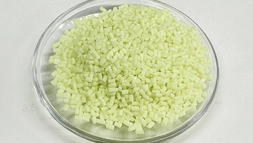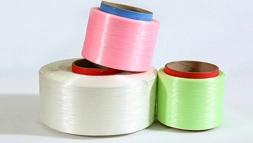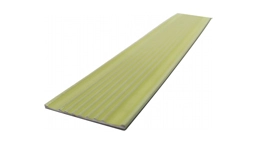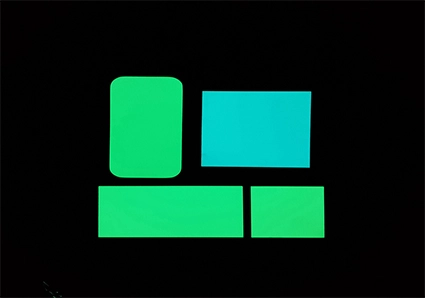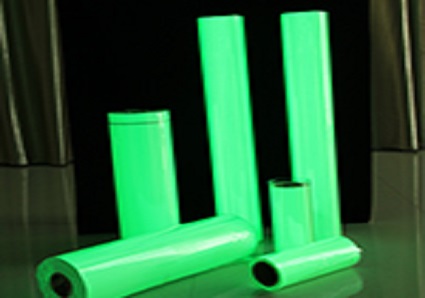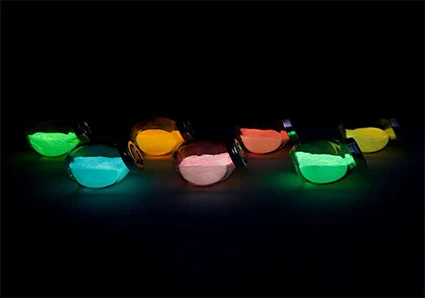Photoluminescent pigment, also known as glow in the dark pigment, luminous powder, or phosphorescent pigment, is a widely recognized product. A common question customers often ask is, "How long does your photoluminescent pigment glow?" And, is it true that the pigment can glow for over 12 hours as claimed?
To answer this, we first need to understand the measurement units for luminosity. The international standard units for measuring luminosity are cd/m² (candela per square meter) and mcd/m² (millicandela per square meter), with 1 cd/m² being 1,000 times larger than 1 mcd/m².
To simplify, think of glow in the dark pigment as a rechargeable battery. If the the pigment want to emit light, it must first absorb light from an external source to "charge." Once the light source is removed, the pigment begins to glow, with its intensity highest immediately after the excitation. However, even at its peak, the glow intensity typically does not exceed 20 cd/m²—much dimmer than typical indoor lighting, which ranges from 100 to 1,000 cd/m² at night.
The brightness of glow in the dark pigment does not diminish evenly. During the first hour after the excitation light source is removed, the luminosity decreases rapidly. For instance, Junting’s JTPS Series pigment typically maintains an afterglow intensity of 200–1,000 mcd/m² after 10 minutes and 20–150 mcd/m² after one hour.
Does the Pigment Stop Glowing After One Hour?
No, it does not. While there is a steep decline in brightness within the first hour, the rate of decay slows significantly afterward. Even after 12 hours, Junting’s glow in the dark pigment retains a luminosity of 2–10 mcd/m².
To put this into perspective, the weakest light that the human eye can perceive in complete darkness is around 0.32 mcd/m². It takes over 10,000 minutes (approximately 166.67 hours) for the pigment’s brightness to decay below this threshold. This is why glow in the dark pigment is often considered a "weak" but highly durable light source.
Practical Use in Darkness
Some might argue that the pigment’s glow becomes too dim to notice after extended periods. While it is harder to see in areas with even minimal light pollution, the glow remains clearly visible in environments such as dark rooms, tunnels, buildings, and mines. This makes the pigment particularly valuable in emergency situations, such as power outages, where it can guide people to safety by marking escape routes and the locations of critical equipment like fire extinguishers.
For more information about Junting's high-quality photoluminescent pigments, feel free to contact us at jtym@lumi-nite.cn.

 English
English